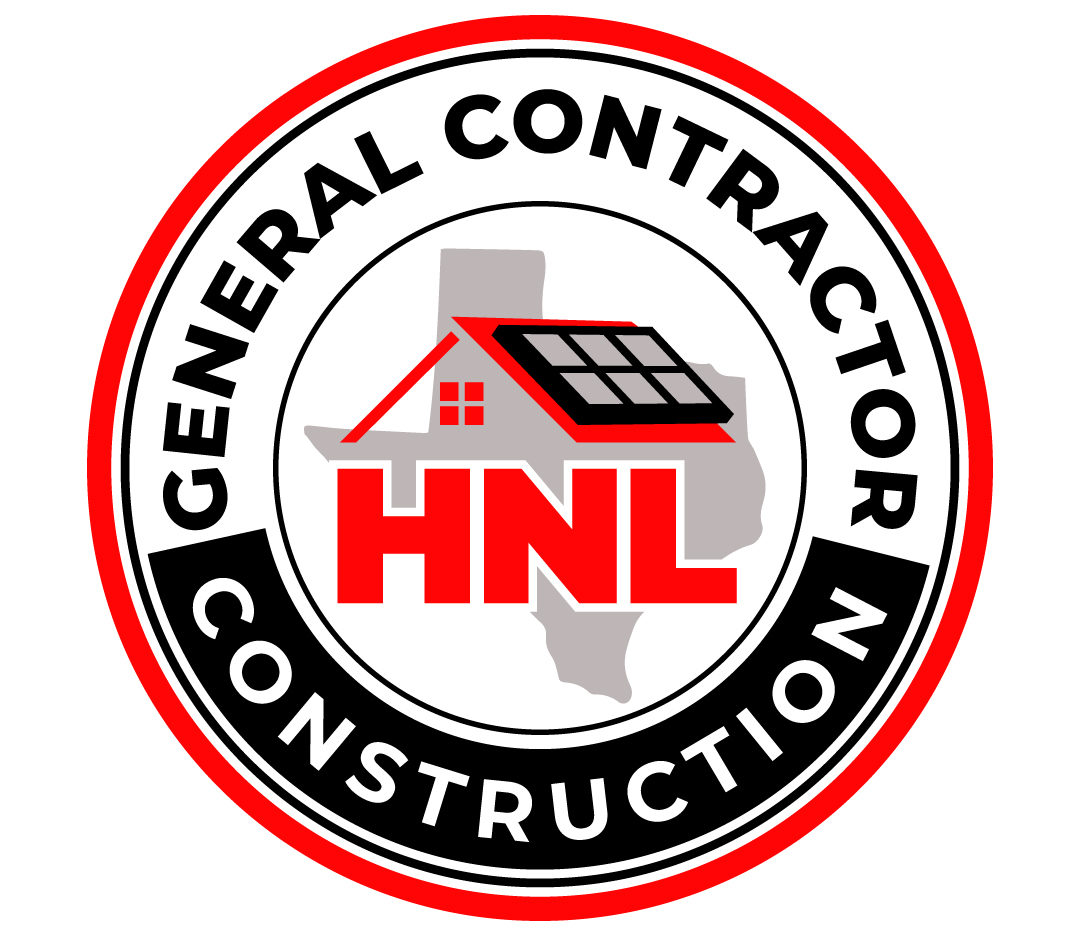OUR FLOOD DAMAGE PROCESS
7 STEPS YOU MUST TAKE AFTER A FLOOD
01.
HNL CAN HELP YOU CONTACT YOUR INSURANCE COMPANY & FIND YOU A HOME TO RENT VS A TINY HOTEL.
Once the flood water subsides, contact your insurance company immediately. Take note, however, that a standard home insurance policy does not usually cover flood damage repair. It is a separate coverage that is often provided by the government, through the FEMA National Flood Insurance Program (NFIP). Whether you live in a high-risk or low-risk area, flood insurance is something you should consider. Repairing home damage caused by flood is expensive. You want to get all the help you can get so you don’t break your bank. Flooding can occur everywhere that is why every homeowner is advised to get one. If you already have a flood insurance plan, take photos of your home or property before starting the cleanup process. You will need accurate documentation when filing a claim before the insurance company. If you contact your local disaster restoration company immediately, most of these companies will work directly with your insurance company and take care of the documentation and photos for you.
02.
HNL WILL HELP PROTECT YOU.
Even if the flooding has stopped, it may still pose certain dangers to you and your family. If you had to leave your home during the flood, wait for the local authorities’ update that it’s okay to go home before you do. Before entering your dwelling, do check for any serious damage that can spell accidents, such as broken ceilings or floors, and cracked foundations. Do not enter a room with standing water until electricity is off. Do not use electrical appliances while on wet carpet or flooring. Do not disturb visible mold. Wear protective gear, such as boots and an N-95 mask. Beware that floodwater is contaminated with germs and bacteria that could cause health problems.
03.
HNL CONSTRUCTION WILL ASSESS DAMAGE IN YOUR PROPERTY.
You will need the help of an expert in determining the extent of flood damage in your home. Disaster restoration experts will have to check on everything – from the roof down to your house foundation. Most of these companies will provide a free estimate for you, so it’s best to call right away to a reputable, local company. Water damage can seep through your walls, floors, drywall, and ceiling. It can also heavily damage your insulation system. You may need to call an electrician separately to check on your electricity lines and appliances before you can use them.
04.
HNL WILL INITIATE CLEANUP IMMEDIATELY.
The cleanup process should begin within 24-48 hours after your home or property has been cleared for hazardous damage. Depending on the extent of the damage, you may need to contact professional cleaners to conduct the restoration work smoothly and efficiently. Don’t attempt to do the cleaning all by yourself. It is generally unsafe to make direct contact with floodwater. It is also a very time-consuming task. If you decide to DIY anyway, make sure to wear the right protective gear and outfit before starting the cleanup and use disinfecting wipes for hands after cleaning.
05.
HNL WILL DRY EVERYTHING.
After cleaning furniture and other home contents, you have to dry them completely. Please keep in mind that floodwater is contaminated water, and your carpets cannot be cleaned and sanitized thoroughly and will need to be removed. In general, porous materials will need to be removed and disposed of while other non-porous surfaces might be able to be salvaged with the right sanitization and drying processes. If the weather permits, take your contents outside to dry under the sunlight. You will also need to use air movers and dehumidifiers during the whole cleanup and restoration work. Water damage restoration specialists make use of these tools to reduce moisture within homes or buildings and promote better air circulation. You will need them to quickly dry various surfaces and building materials, such as your walls, ceilings, floors, etc.
06.
HNL WILL ADDRESS MOLD DAMAGE.
When there is water and moisture, most likely there is mold. Mold can develop within 24-48 hours after a flood so you have to take immediate measures. You can address mold build-up using typical home cleaners like soap and bleach, but beware that this might not take care of the problem completely! If there’s an affected mold area larger than 6 square feet, you will need to contact mold restoration professionals to access the damage. For all major mold infestation, you need to call mold remediation specialists. Most will give you a free estimate and you will at least gain knowledge even if you can’t afford to hire them right away. Removing mold, especially black mold, requires some safety precautions and techniques so better leave it to the pros.
07.
HNL WILL PROCEED WITH NECESSARY REPAIRS.
Lastly, once your home is clean and dry, you should start with the repair work. Using the report provided by your home inspector, inform your contractor about the areas that need to be fixed. Make sure that all leaks are addressed as soon as possible to prevent ongoing moisture problems. Ask about how you can flood-proof your home to prevent serious water damage the next time flooding occurs. For example, you might want to consider installing a flood barrier or elevating your home especially if you’re in a high-risk area.
Knowing what to do after a flood is a very helpful information that every individual, family, and homeowner should learn. Flooding can occur anytime, anywhere. The only thing you can do is to be prepared. Once it is safe to go back to your dwelling, follow the steps mentioned above and try to avoid mistakes that everyone makes during home remodeling. Acting promptly can save your home from expensive and unnecessary repairs and restoration work as well as can help you avoid mistakes that.
